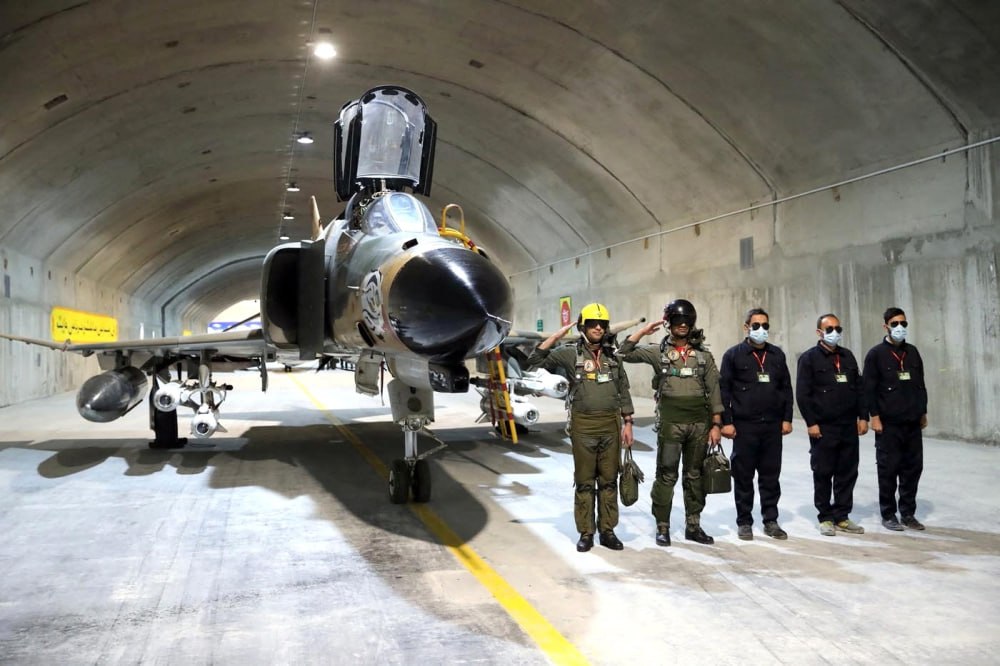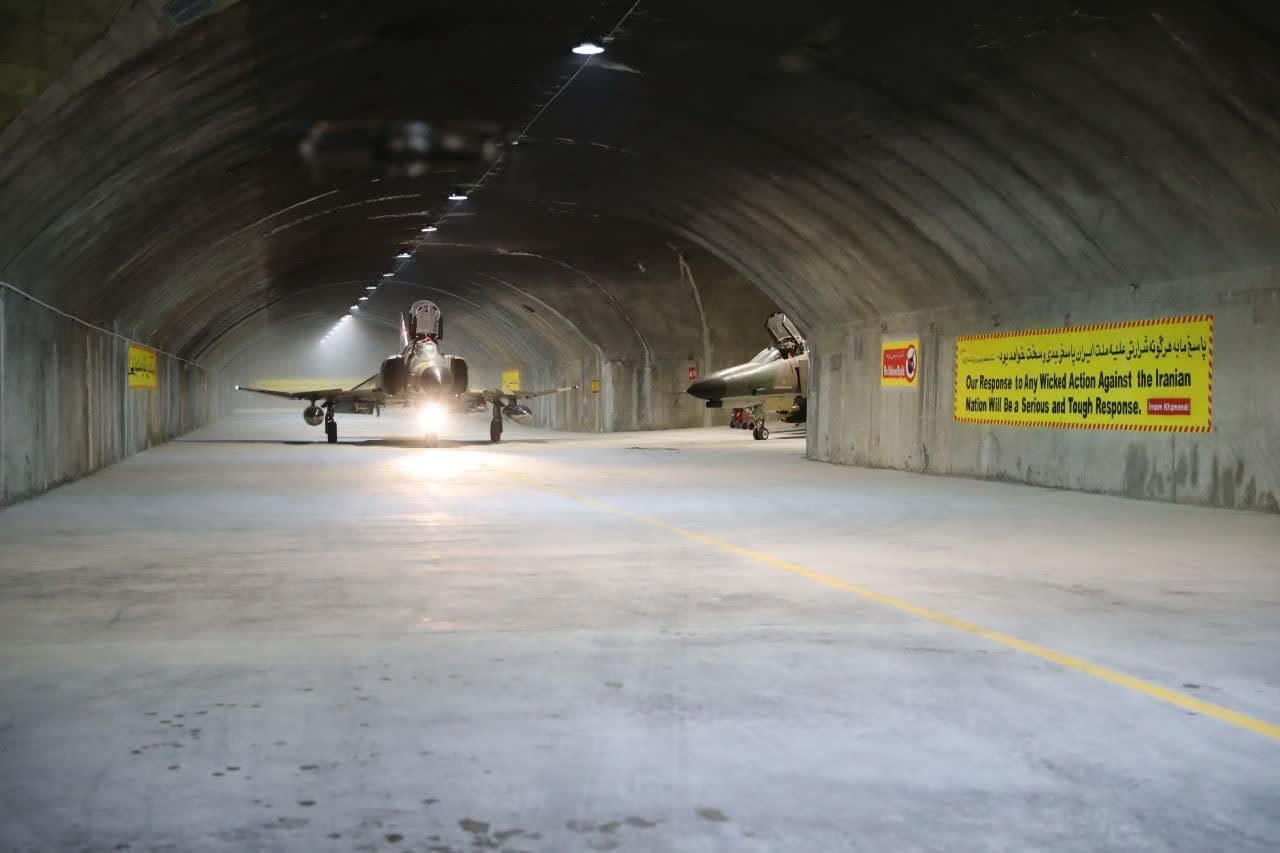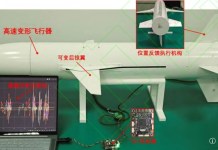Recently, Iran unveiled an underground military facility amid rising military threats from its regional adversaries. Many mocked the country’s aging Phantom jets that were procured from the US and publicized widely on social media.
US ‘Super Spy’ Aircraft, Famously Shot Down By Russia In 1960s, Used To Track China’s ‘Spy Balloon’
Fight Stewardess ‘Miraculously’ Survived The Biggest Known Plunge In Aviation History; What Really Happened In 1972?
However, the Islamic Republic of Iran Air Force’s (IRIAF) F-4E Phantom II jets can still strike a blow by taking off from the secret underground runways, conduct swift attacks with the right combination of missiles and then speed back to base before coming under fire.
The Persian nation is mostly made up of third and fourth generation 1970s Cold War vintage jets, hungry for authentic spares and a technical nightmare to maintain as the country has been under American sanctions since the 1970s Islamic Revolution. The other aircraft in its fleet comprise of US jets like the F-5 Tiger II, F-14 Tomcat, and Russian-origin MiG-29, Su-24 Fencer and the Su-22 Fitter.
There are about 60 F-4s with the IRIAF as their frontline fighter, acquired when the monarch Mohammad Reza Shah Pahlavi was in power until he was deposed in the 1979, uprising led by Ayatollah Ruhollah Khomeini.
The two-seat, twin-engine, all-weather interceptor rose to fame in the Vietnam war, where it was used as a fighter bomber.
By March, IRIAF is likely to acquire nearly two dozen Russian Su-35S Flanker E fighters, giving its air dominance and ground attack capabilities a massive boost against prime rival Israel.
Even the Israeli air force extensively used its F-4s in the Arab-Israeli wars of 1967 and 1972, while Iran used its F-4s in the eight-year Iran-Iraq war.
US Sanctions Hits Maintenance, Spare Parts
The F-4s have been maintained with indigenous upgrades like glide weapons, anti-ship missiles, and reportedly some improved electronic components and avionics that, although not as sophisticated as Western or Russian systems, have managed to keep the aircraft from becoming completely obsolete.
Previous photos have shown US-made Mk-82 dumb bombs, AGM-65 Maverick air-to-ground missiles, and Paveway II laser-guided bombs.

It is estimated that to prevent wear and tear due to constant use and training sorties, Iran flies them very sparingly and might use them in combination with its regional proxies around Israel in Syria and Lebanon in a way that makes up for its weak airpower.
Combined Conventional & Unconventional War
A Defense Intelligence Agency (DIA) report said that the IRIAF’s possible missions are centered around “air intercept, ground attack, and close air support” with some aircraft “capable of mid-air refueling.” “The IRIAF’s F-4 serves as Iran’s primary attack aircraft,” the DIA said, calling it an “aging decades-old aircraft.”
“To supplement its long-range strike capabilities, Iran could also attempt to use its regional proxies and limited air strike capability to attack an adversary’s critical infrastructure. Iran’s F-4 Phantoms could (be used) to attack its regional adversaries. However, these older platforms would be more vulnerable to air defenses than modern combat aircraft,” the DIA report added.

Iran has ties to many militias and banned organizations like Hezbollah in Lebanon, the Shia-dominated Popular Mobilization Forces (PMF) in Iraq, and the Houthis (Ansar Allah) in Yemen.
The F-4s key strength is its speed, which at Mach 2.5, can choose to speed away from adversary aircraft. Between 1959 and 1962, the F-4 Phantom II broke 16 records until the F-15 Eagle arrived on the scene.
As of 2021, 63 years after its first flight, the F-4 is also operated by South Korea, Greece, and Turkey. The aircraft has most recently been in service against the Islamic State.
Iran has adopted a fortress doctrine, using an extensive network of hidden underground air and military bases to protect itself from Israeli and US strikes. The change to an offensive posture took shape over the last ten years following the civil war in Syria, the rise of ISIS, and the hardline confrontation by Israel.
This is reflected in Iranian Armed Forces Chief of Staff Maj Gen Mohammad Bagheri’s statement when he was quoted on the sidelines of the unveiling of the Oghab-44 base. “Any attack on Iran from our enemies, including Israel, will see a response from our many air force bases, including Eagle 44,” he said.
The bases allow the planes to remain completely undetected from prying US and Israeli satellites and take off without warning, hitting ground and naval targets. This tactical advantage of complete surprise, can be utilized by technologically inferior militaries like Iran, using third-generation fighters to achieve many strategic goals.
In June 2022, Iran revealed another well-developed underground facility called the Strategic UAV Base 313, believed to be located somewhere in the Zagros mountain range along the Persian Gulf coastline.
The news documentary showed Ababil-5 and Kaman-22 drones, Fotros surveillance and combat drones, Mohajer-6 S drones armed with Almas (diamond) anti-tank missiles, Karrar, Omid, and Arash-class suicide drones at the base.
- The author can be reached at satamp@gmail.com
- Follow EurAsian Times on Google News




